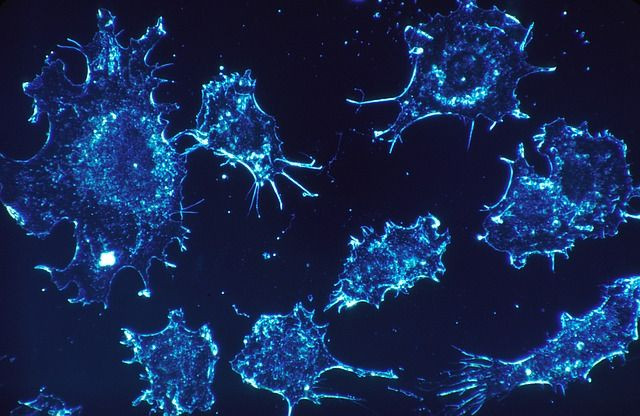Outsmarting Tumors Through New Chemotherapeutics

Researchers from Northwestern University developed a method in dealing with tumor growth without the "knowledge" of tumors.
The mechanism works by outsmarting the tumors into being misled that the drugs are tasty fats, allowing the drugs to penetrate the tumor. After penetration, the targeted drug activates which suppresses the growth of tumors. Moreover, the toxicity level of the drug is lower compared to leading chemotherapy drugs that makes it with fewer side effects.
Lead author Nathan Gianneschi said, "It's like a Trojan horse. It looks like a nice little fatty acid, so the tumor's receptors see it and invite it in. Then the drug starts getting metabolized and kills the tumor cells." Results of the study was published in the Journal of the American Chemical Society (JACS).
"To develop the targeting system, Gianneschi and his team engineered a long-chain fatty acid with two binding sites—able to attach to drugs—on each end. The fatty acid and its hitchhiking drugs are then hidden inside human serum albumin (HSA), which carries molecules, including fats, throughout the body," according to Medical Express.
The HSA supplies fats and proteins which are easily recognized by the cellular receptors. With this, the cancer cells engulf and eat the nutrients faster compared to normal cells. Unknowingly, the cancer cells consume the drug and they die when the drug has been metabolized.
"It's like the fatty acid has a hand on both ends: one can grab onto the drug and one can grab onto proteins," Gianneschi said. "The idea is to disguise drugs as fats so that they get into cells and the body is happy to transport them around."
Tumors in a small animal model were subjected to a drug delivery system that carried paclitaxel, a common, FDA-approved chemotherapy drug. The drug, camouflaged as fat, penetrated and eliminated tumors in the bone, colon, and the pancreas.
"Even better: the researchers found they could deliver 20 times the dose of paclitaxel with their system, compared to two other paclitaxel-based drugs. But even at such a high quantity, the drug in Gianneschi's system was still 17 times safer," Medical Express emphasized.
"Commonly used small-molecule drugs get into tumors—and other cells," Gianneschi said. "They are toxic to tumors but also to humans. Hence, in general, these drugs have horrible side effects. Our goal is to increase the amount that gets into a tumor versus into other cells and tissues. That allows us to dose at much higher quantities without side effects, which kills the tumors faster."
© Copyright IBTimes 2025. All rights reserved.





















